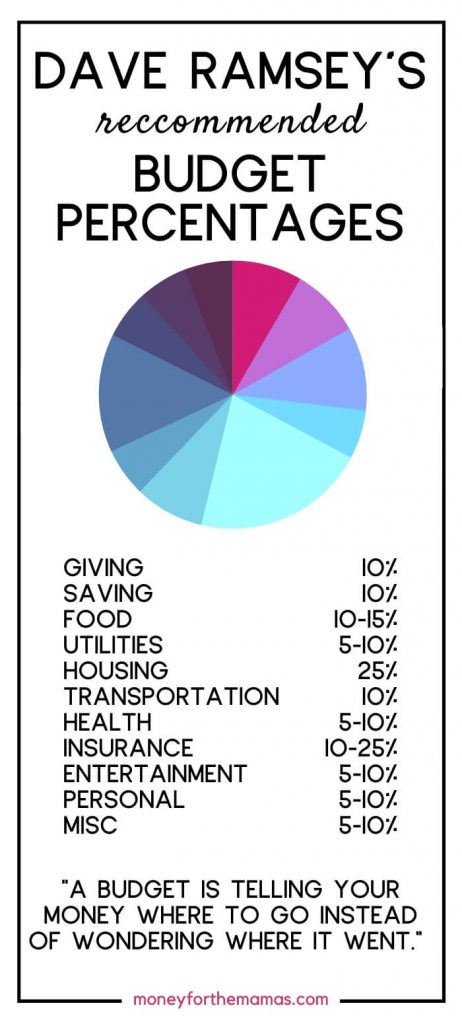

Budget percentages for single person how to#
When you are learning how to start a budget, it’s okay if you don’t hit the 50-20-30 ratio right away. With every dollar and cent accounted for, you’ll need to go through your expenditures and allocate each transaction to one of the three categories. How do I adjust my spending to meet the 50-20-30 rule? By looking at your expenses for previous months, you’ll have an idea of what you spend on a regular monthly basis. You can do this manually with a pen and paper, use a spreadsheet or leverage a budgeting and spending app. Track every cent you spent, whether it was on rent, your gym membership or your favorite treat-yourself item. Take a look at your bank and credit card statements for the last three to four months. To start a budget with the 50-20-30 rule, you’ll then need to account for your monthly expenses. When you budget with the 50-20-30 rule, keep in mind that you need to focus on your after-tax income, which is what’s left of your paycheck after taxes have been taken out. If you’re self-employed or your monthly income is variable, you can work from an average monthly figure-simply take your income from last year and divide it by 12. You need to know how much money you bring in each month, which means looking at your paycheck and factoring in any additional income streams ( side gig, anyone?). “It’s simple, generous and, most importantly, realistic.” How do I start budgeting with the 50-20-30 rule?Īs with any kind of budget, the key to start budgeting with the 50-20-30 rule is to have a clear picture of your current finances. “The 50-20-30 rule is a fantastic way to think about budgeting,” Dayan says. Yoni Dayan, editor-in-chief at a personal finance blog, favors the 50-20-30 rule for those just learning how to start a budget. “Yes, you’re putting aside 50 percent of income for necessities and another 20 percent for financial goals, but it leaves you a healthy 30 percent of your income to use as discretionary money.
Budget percentages for single person free#
“The beauty of the 50-20-30 rule is that it sets you free more than restricts you,” Omoth says. It would cover all of your non-necessities, such as entertainment and travel. Discretionary spending – 30%: Thirty percent of your budget is for anything you want but wouldn’t say you need.If you’re paying down any debt, it would also fall here. Savings and investments – 20%: This portion of your budget includes money you are putting toward your financial goals, like your emergency fund or retirement account.Think rent, transportation, utilities and food. Living expenses – 50%: This category includes essentials that you need to pay each month.When you start a budget with the 50-20-30 rule, your three budget categories will look like this: As long as all of your discretionary spending falls within the amount you’ve allotted, you’re solidly on budget. You don’t have to stress about having a specific budget for “clothing” or “entertainment,” for example. Forget line items for dozens of different expenses. The 50-20-30 rule works by breaking your spending into three key categories. Use this guide to start a budget with the 50-20-30 rule: How does the 50-20-30 rule work? One way to learn how to start a budget and take the burden out of budgeting is with the 50-20-30 rule, a favorite among financial experts and budgeting beginners. “If a budget doesn’t allow for any fun, it becomes a burden,” Omoth says. In fact, it’s those ultra-strict budgets that often result in people giving up on budgeting altogether. Good news: You can create a budget without giving up all the things you love. “They don’t want to lose their freedom to dine out, grab a latte in the morning or keep their premium cable subscription.”

“One of the biggest hurdles to starting a budget is that when people hear the term, they immediately think of all the things they might have to give up,” says Tyler Omoth, personal finance expert at a personal finance website. Figuring out the most effective way to divvy up your cash at the end of each month isn’t easy, regardless of whether you consider yourself a high or low earner. Are you struggling to learn how to start a budget? Join the club.


 0 kommentar(er)
0 kommentar(er)
